I recently had a chat with clinical health and high-performance psychologist Sabine Tyrvainen. Sabine is CEO of the Winner’s Institute UK, and she offers various services with the aim of helping athletes set and achieve their goals.
You can see the full interview below!
*We have performed minor edits on what was said on both sides for brevity and clarity*
Sabine Tyrvainen Interview With Flow Racers
RO:
Hi Sabine, could you tell us a little bit about yourself?
ST:
I get asked quite often as a woman, “how did you get into motorsport?” And if I really go back to the beginning, I started in motorsport as the very young wife of a professional speedway rider. We had very little resources to begin with, and so I was really part of the team. I was the cook, the masseuse, the travel agent, the manager, sometimes I was even the mechanic, and I was driver.
So I really took care of everything, what was needed at the time. And in speedway racing it’s quite a tight family and I was surrounded by champions, and I was fascinated by that. That got me really interested in the winner’s mindset. It really fascinated me. That was then the next step for me to learn more about it, what makes people succeed and what makes them the best they can be.
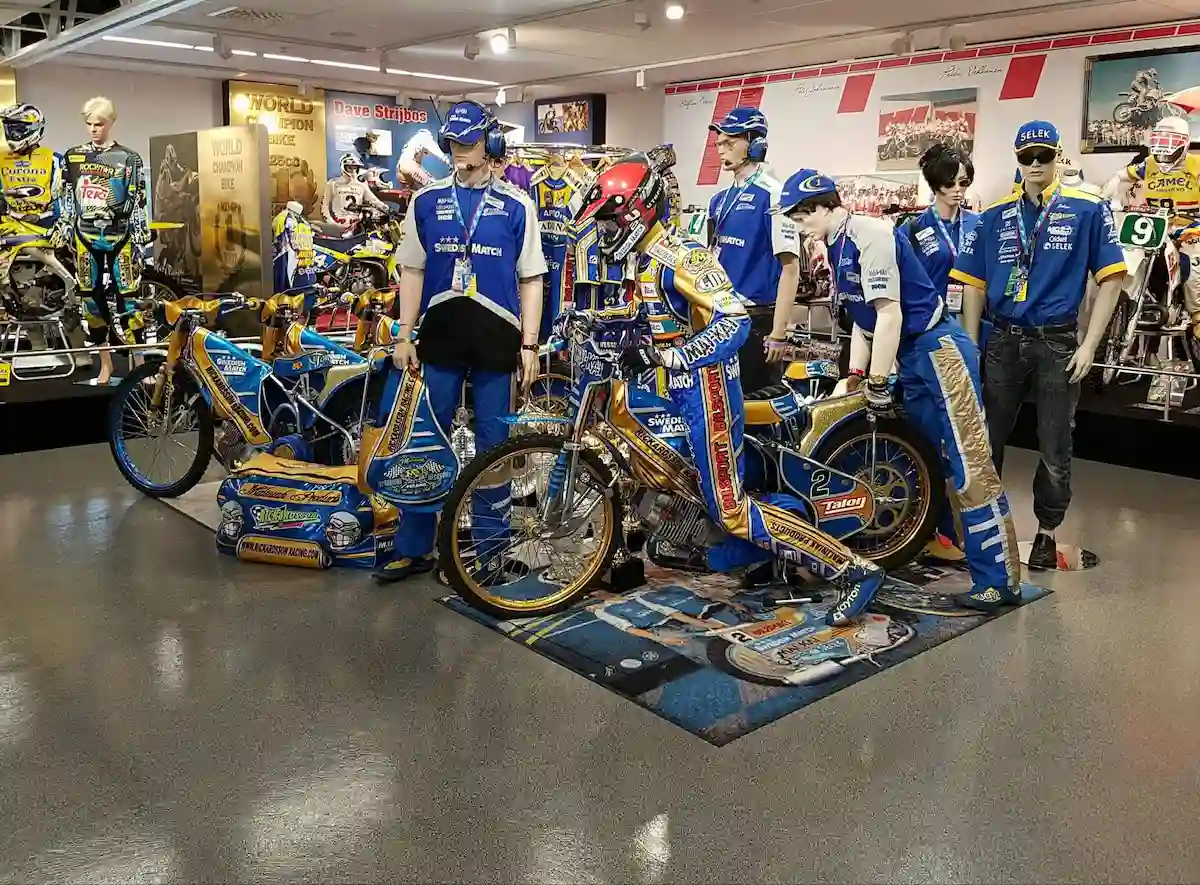
I then studied psychology. That was my main motivation to figure out, “how does that work? How can they be the best they can be?” And I ended up doing research within speedway, and I compared two groups of speedway riders, and one was top-level world championship riders, and the other group were also all top professional riders, but they were not competing for the world championship.
I wanted to research their cognitive processes and the way they focus, and figure out if I could tell the difference in the way their brain or their information processing works to explain why one group is better than the other. And the results were really interesting. The main result was that we could see that the group of world championship riders were able to process information very, very quickly, and so was the other group.
So the speed was very similar, but the difference was that the world championship competitors, they were not only quick, but they were also accurate. So that showed us that their information processing capacity was greater than the other group because, even though they were fast at processing whatever needed to be processed at the time, the non-championship competitors exceeded their capacity quicker.
And when that happens, you only have two options. One is that you realize you’re going too fast and you can’t handle it and you’re overwhelmed, so you slow down. The other option is you don’t realize that you’re going too fast, and you start making errors. Neither of those two options are actually good.
The world championship competitors, they have that fine-tuned. They know exactly when they go too fast, and they slow down, temporarily. They adjust it very, very quickly to avoid making errors and then keep going. Whereas the other group, they didn’t have that feeling for when their capacity was exceeded, and they made errors more often.
Brain processing capacity is really an individual thing and it’s something that can be trained. You can improve it and train for better brain processing capacity, so that you don’t hit that level so quickly where you actually exceed your capacity, so you can make fewer errors. In motorsport, errors can have devastating consequences.
You can train this through repetitive practice. Solutions are eventually stored in the cerebellum which then takes over, much like an autopilot and frees up conscious processing space. Therefore, a greater amount of information can be processed quickly and accurately without exceeding brain capacity and making errors. Whatever is stored in the cerebellum is retrieved on autopilot while performing and bypassing conscious processing.
The conscious part of the brain is slow compared to performance on autopilot, which is very fast with precise timing. The goal is to bypass conscious, slow processing that interferes with performance and instead race as much as possible on autopilot. However, this can only happen if the brain is programmed first in the correct way via repetitive practice, so that solutions can be stored.
For example, if a racing driver practices over and over how to deal with oversteer, all the solutions are eventually stored in a way they can be retrieved without conscious interference, and their reactions will be much quicker and more precise.
So I did that research and then from there on I started working with clients based on these results and started training them in their focusing skills. I did that, and what was really great for me was that I got access to these top level performers.
I then watched a documentary on TV while I was on holiday in Egypt. It was called Speed Science, and it was presented by New Zealand neuroscientist, Dr. Kerry Spackman. He was working with Formula 1 drivers, and I was watching the documentary and I thought it was very similar to what I’m doing.
So I was really interested, and I noted down his name to get in touch with him. But then once I got back from holiday, I actually completely forgot about it. Not long after that, Lewis Hamilton was on the way to winning his first world championship title, and there was a big spread in The Guardian newspaper saying that Dr. Kerry Spackman was the man behind Lewis Hamilton.
And I thought, “Oh, that’s the guy I watched on TV!” So that reminded me to get back in touch with him. I showed him my research and he was really interested. From then on, we started working together. He sent some of his clients to me and we became business partners.
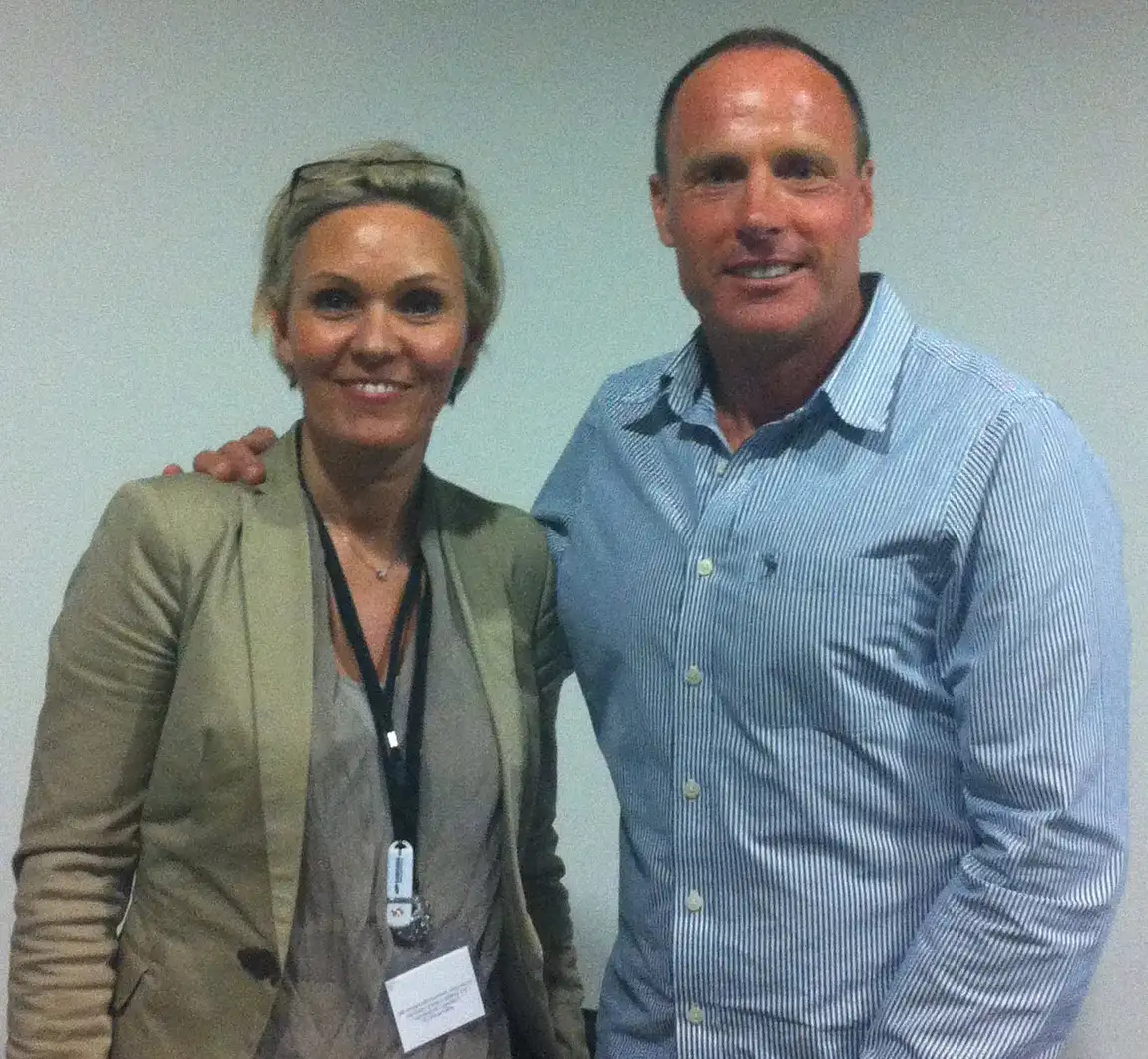
He later stopped working in F1 and he went back to New Zealand, where he created a new project for Olympic sports. The idea was to bring the philosophy of motorsport, where everything is about objective data and everything is measured, into Olympic sports. The project was called GoldMine, and he brought me in to work on that.
We worked with three specific target sports [for the London 2012 Olympics] to help potential gold medal winners succeed and win as many medals as possible. We were just a small team of four. The London Olympics came, and New Zealand was, per capita, the most successful country at the London Olympic Games. It was really successful.
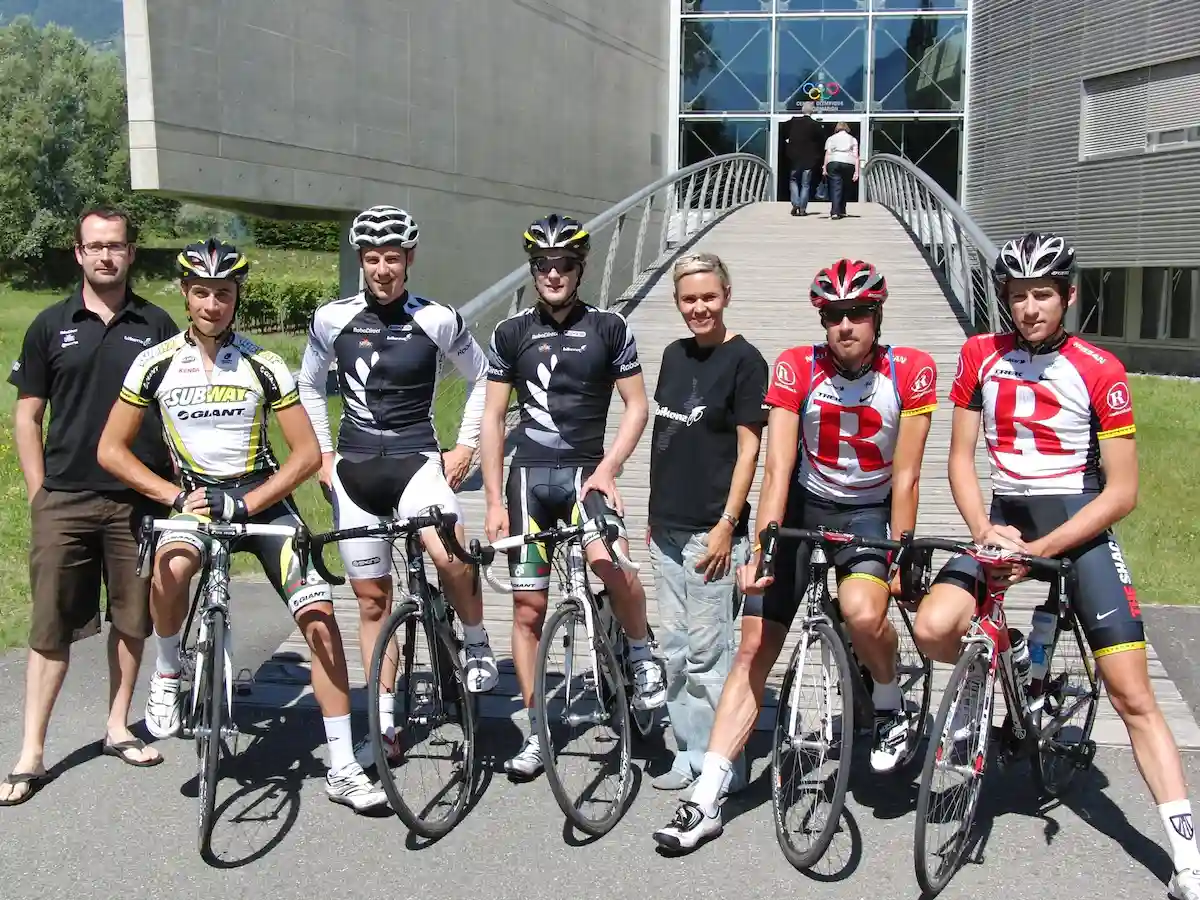
At some point I realized that there are more and more women coming into motorsport, and I really wanted to apply the experience that I have from working with top athletes and racing drivers to help women and really give them a good start. That’s when I started looking to work more with female racing drivers.
And then Formula Woman came up, I just saw it online. The funny thing was that, 16 years earlier, I was actually a Formula Woman myself, but at that time nothing more happened. Then they made a new start again with the new competition in 2021.
I contacted the founder Graeme Glew, and I said, “Listen, I’ve really been interested in working with female racing drivers.” And he said, “Oh, that’s really good because we are looking for psychologists!”
So it really worked out very, very well, and I started partnering up with Formula Woman and helping all the applicants with optimizing their mental performance for the competition and to help find the best finalists and winners. I’m also working with other athletes at the moment. I’m working with a downhill skier in Austria who is already a six-time junior world champion, and she is the biggest hope for the future of Austrian skiing.
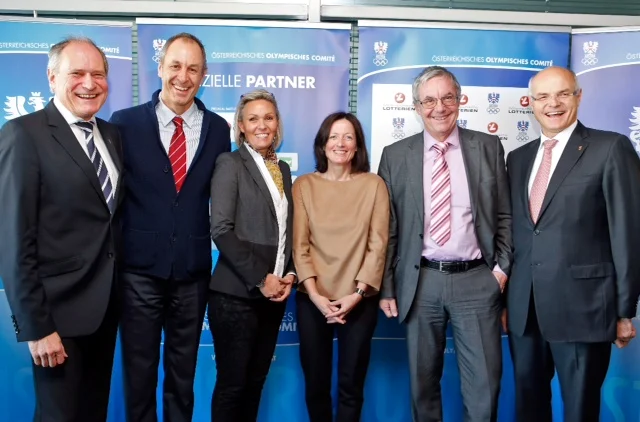
What Surprises Sabine The Most
RO:
Over your career, what have you learned that has surprised you the most?
ST:
When working with top level athletes, I was surprised by how easily coachable they are. You give them some idea, some concept, and they really take it and just run with it, and they just are able to make it their own. So probably I’m most surprised by how much fun it is working with really successful athletes. I’ve enjoyed that very, very much.
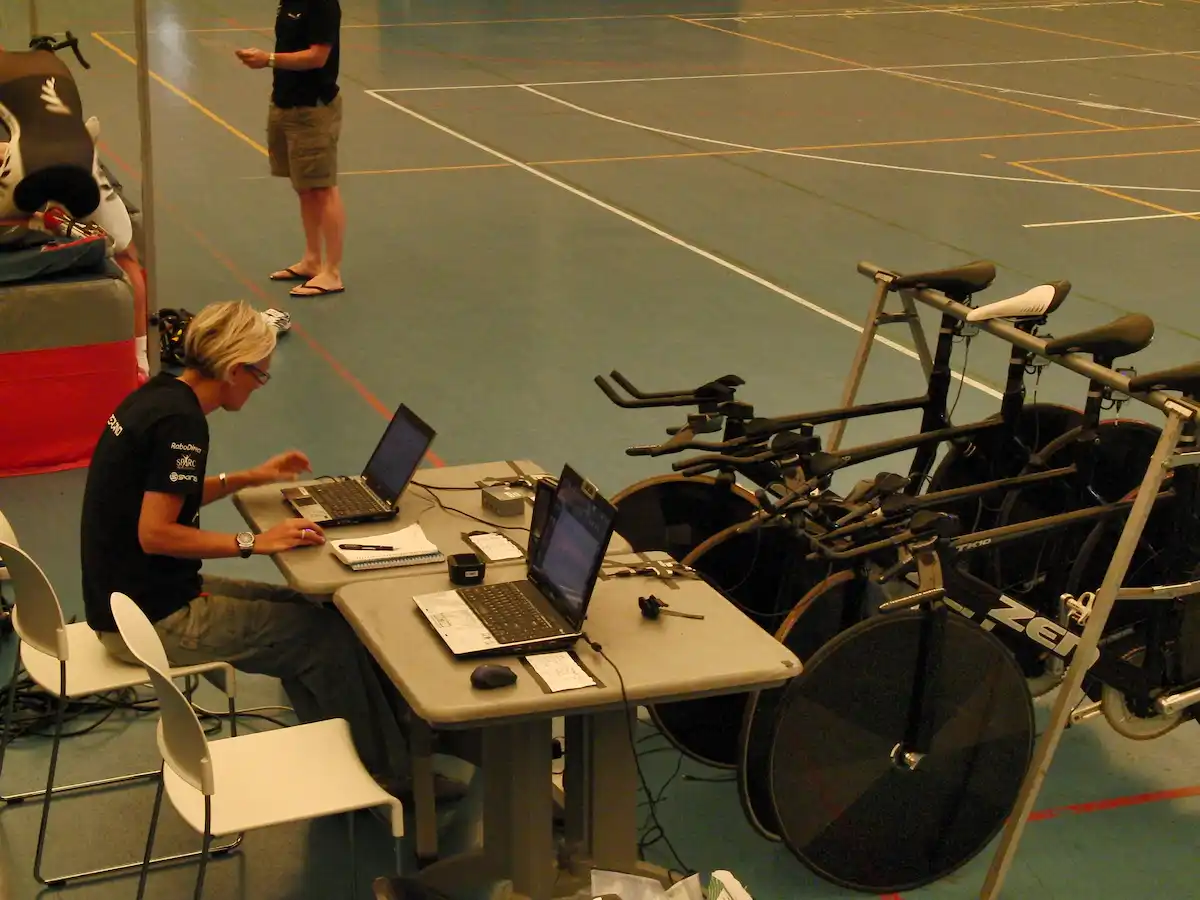

One other thing that probably surprises me a bit still is that the whole mental training side isn’t more mainstream at this point, because there are a lot of resources available. I think people think there needs to be something wrong with you in order to do mental training or to work with a mind coach or a sport psychologist.
This is not the case, because from my perspective, it’s all about optimization and nothing has to be wrong. All you have to want is to just be a better version of yourself tomorrow. And that really is enough reason to do mental performance training.
RO:
When you say how coachable the best are, do you think that’s an attribute that they have innately or that’s something they’ve learned in order to reach the top level?
ST:
Well, I think there is that nature vs nurture question. I think nurture is much more important than nature. For example, when one rider came to me, he was a five-time world champion and he’d been trying very hard to become six-time world champion.
To cut a long story short, I started working with him and at the end of the season he did win his sixth world championship title. So that was all good and great.
But if you go back to the beginning when he was very young, he was at a training camp and the coach was watching him for a few days and said to him, “I’ve been watching you now and I really would hate for you to waste any more time and resources on this because maybe you would be better trying a different sport because I don’t think it’s going to happen for you.”
So obviously he was a young guy and that was a huge blow for him. What probably most young people in that situation would do is just say, “Okay, follow the advice of the coach. He should know what he’s talking about and just find something else to do.”
But in reality, that really motivated him. It motivated him to do better and to be the best that he can be and to prove to himself and to everyone else that he can do it. And he was totally committed and focused and he had this mission, the mission is so important. He wanted to make the sport bigger than it has ever been before.
He saw himself as the savior of the sport, and that gave him so much motivation and he ended up six-time world champion, the greatest in the sport. So he didn’t have the natural talent to begin with, but it was his determination, it was the motivation, the mission that he created for himself, the work ethic, those are all the things that make someone like that really coachable because they want it so much.
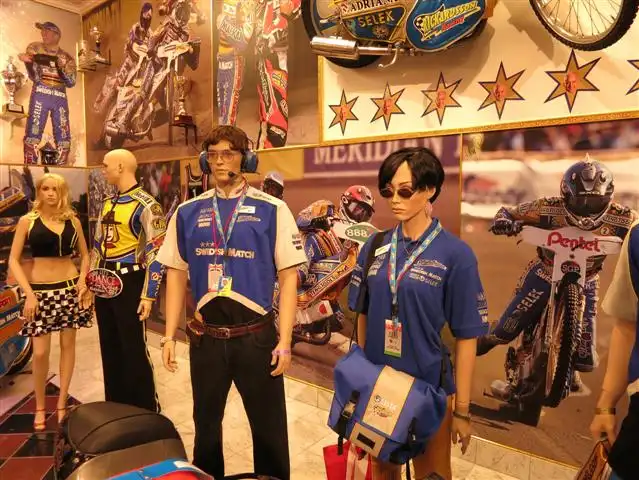
To begin with, it’s easier to know what you need to do. You need to have a bigger mission than everyone else. But once you get better and better and better, there’s something called the curve of diminishing return. So to begin with when you put the work in, you can see that things are really improving and getting better and you take more motivation from that and so on.
But once you reach a certain level, the curve doesn’t go straight up anymore. It levels out. So it becomes very difficult to figure out what to do next.
And if you then carry on pushing harder, you can really paralyze yourself. That’s where I come in because when somebody comes from the bottom up, it’s all about motivation. It’s all about pushing hard. But when you are on the other end of that spectrum and you’re already very successful, it’s almost like you have to reign yourself in to not do more. It’s more about going back to the basics and finding alignment with yourself.
It’s more about remembering why you love the sport in the first place. All those things that are important to begin with can get buried under all this analysis and wanting to get better and better and better.
Where People Go Wrong With Mental Preparation
RO:
How do you feel that most people view the mental side of motorsport?
ST:
Like I said, one of the things that surprises me is that it isn’t more mainstream at this point. I can see that the most successful people really understand the value of mental performance optimization. They get it, they know, and most of them have used it to get to a really successful point in their life. But on a lower level, it’s not really understood that well, and I feel there’s still some sort of stigma attached to it.
There must be something wrong or you must not perform well to justify mental performance training and so on. I think there’s a big difference between the lower levels and top level performers, they have a completely different understanding of it. Whenever I’ve worked with top level performers, there is no stigma attached to it. They don’t worry about anybody else knowing. They just see it for what it is, which is one piece of the puzzle to help them optimize.
RO:
Where do most people go wrong in their mental preparation?
ST:
Firstly, especially young racing drivers, they put all their efforts into honing their race craft, honing their physical body, but they completely neglect their brain at that point. Dr. Kerry Spackman once said that your brain is the best weapon against the battle of better lap times.
But more specifically, I think where they go wrong is that they don’t take a personalized approach. There’s a lot of stuff out there that works for one person, but it might not work for another person. So to take a personalized approach is very, very important. I work with athletes on a four-pillar approach.
I look at their history, I look at their physiology, I look at their psychology, and I look at their philosophy.
These four pillars are very individual, and I need to look at them and they all need to be aligned because they all have an effect on each other.
Another way people go wrong is they might do some mental training, meditation, or some breathing exercises, but they don’t do it consistently enough. It’s not something that you do now and then, it has to really become part of your DNA. It has to become part of your lifestyle.
When you do mental training, a big part of it is to really program your subconscious, so that when you need to perform, you can perform on autopilot, because any conscious thinking only gets in the way of performance.
RO:
Does this require a professional in terms of developing a personalized approach and also having that consistency?
ST:
To begin with, you can start by reading things and taking courses, but it needs to be really suitable for you. The first thing I do, and this does require a professional, is to assess somebody. I have created an online assessment that serves like a GPS. If you want to go somewhere, you need to put your current location into a GPS in order to calculate where you want to go. And with this it’s no different.
So you get some data and say, “this is where I am, this is where I want to go, and this is what I need to improve or change in order to get there.” And the best way to do that is really by just having data. And then you can regularly assess the performance.
Separating The Great From The Good
RO:
What separates the great from the good?
ST:
There are three general things that champions all have in common. One is usually they work harder than everyone else. Another one is attention to detail. They really know what to focus on and they understand what is relevant and what is irrelevant. And the third hugely important part that all champions have in common is they have an unshakable belief in themselves.
In motorsport, you need to have a good memory, and you have to be able to shut out irrelevant information. You have to learn how to push distractions aside. Everybody has distractions, everybody has negative thoughts sometimes. But the champions, they just know how to deal with it and overcome that.
The great can also turn challenges into opportunities for themselves and create motivation from it and momentum. And all that is based on having an unshakable belief in yourself.
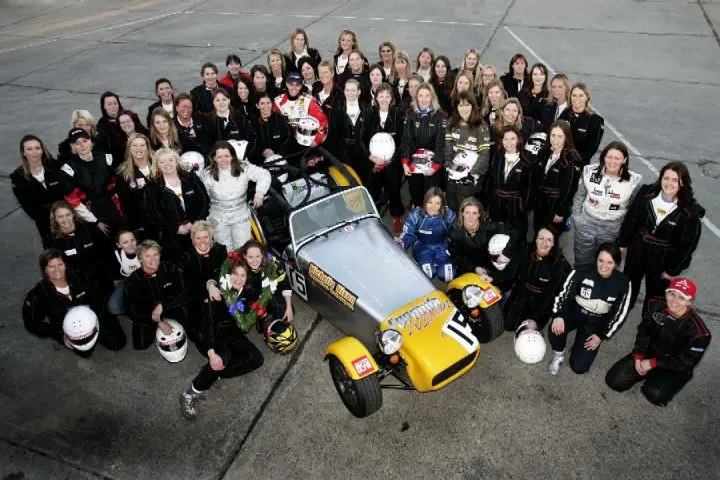
What Beginners Should Focus On
RO:
For people who are at the beginning of their journey, what should they focus on?
ST:
The number one step is to know your why. And by that I mean you need to know your mission. Why are you doing this? And the greater your mission, the more motivation you can draw from it. The more you can overcome obstacles, the harder you will work. In The Winner’s Bible by Dr. Kerry Spackman, there is one little story that explains this quite well.
Imagine that you are woken up by someone screaming at you at six o’clock every morning telling you to get up and to take logs from one place to another for hours without any meaning to it. And then next morning exactly the same thing again.
After a few days, you will start dreading that person coming into your room and shouting at you six o’clock in the morning because you need to do something that is hard work, and you don’t even know why.
Now imagine the same scenario but when you’re training, for example, for the Olympics, and the person shouting at you is your trainer, helping you to get really fit for the Olympics. Everything starts looking different because you have a mission. It has meaning for you, and you know why you’re doing this because it will help you reach your goal.
I think without that, it’s very, very difficult to succeed. I’ve seen that with all the great performers that they all have a great mission, and that mission is emotionally important to them. So to have your emotions aligned with what you logically would set as a goal is very, very important. Logic alone is not enough.
Also, there’s a lot of people who have the potential to be great, but not that many actually achieve it, and one of the main reasons why they don’t achieve it is because they let fear get in the way and they cannot regulate themselves enough. Their mission isn’t big enough to overcome any limiting beliefs or fear that they might experience.
Working hard, working on your focus, and being consistent, these are all things that are really important, but without the right mission and without really being clear on your why and setting the goals in the right way, it’s very difficult to push through the hard times to get you to that place of greatness.
RO:
When should a coach or trainer get involved in this process?
ST:
The earlier the better really. But it has a lot to do with attitude as well. Nobody can be coached if they don’t want to be coached. So it’s very important to be open to it, to be open to learning, open to being guided, and to be able to follow a structure is very important too. To follow that guidance and to really do something consistently.
Because if you’re not willing to do that, the best coach in the world cannot help.
But if you don’t know what you’re doing to begin with, you might actually start bad habits that are then later more difficult to change or break. So to get it right from the beginning when you’re young is a good thing, but you need to be open to being coached, because you can take a horse to the water, but you cannot make it drink.
RO:
Let’s imagine you have a client who is closed off. They have potential, but they are not open to following other people’s guidance. How do they open up?
ST:
I think education about mental training is probably the key point. Probably by reading books, by reading biographies of successful people, so that you get the right attitude towards it. And obviously when you have a support team around you who are open to it as well, that will also help to educate and inspire someone. Also measuring performance and progress with objective data usually works well to help someone understand how mental training can help.
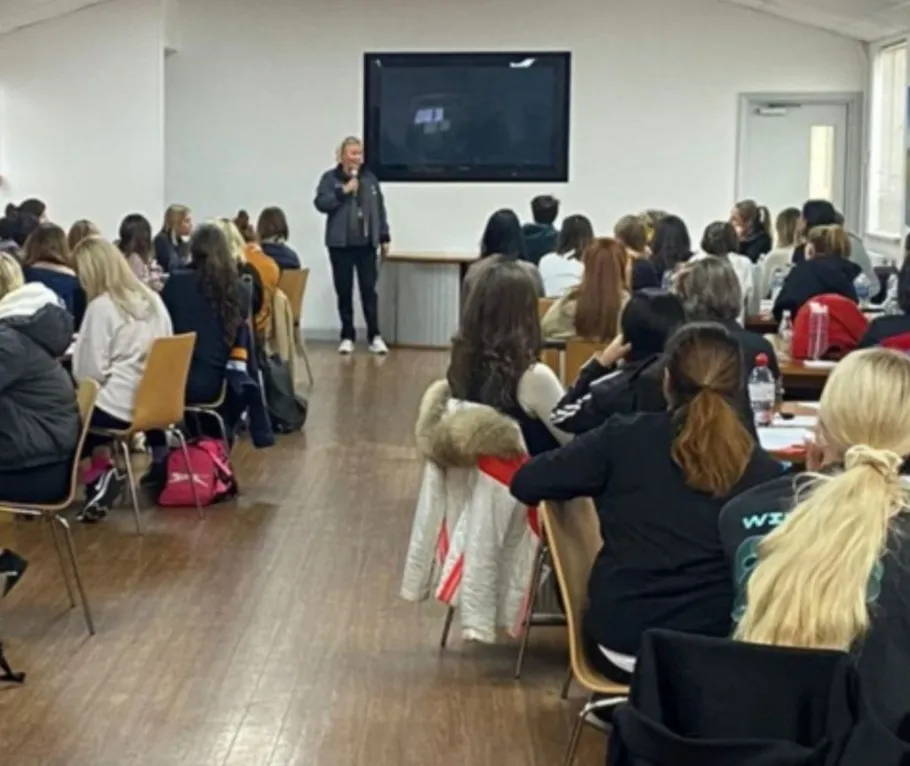
Measuring Progress
RO:
Let’s say you have the two ingredients in place, a personalized approach and consistency. How do you actually measure your own progress?
ST:
There are two main ways, one would be subjective, and one would be objective. The subjective part would be that you see how you feel. For example, do you feel better? Are you getting better results? Do you communicate better? Do you have better relationships? These are all things that can be subjective improvement, which will also have a positive impact on performance.
And the other way is to get objective data. I’ve put together this online assessment which combines subjective and objective data.
Subjective data could be, for example, questionnaires. So you assess somebody’s emotional state, how well they regulate. Self-regulation is a tremendously important part because if your body and mind are not in the right state, you cannot perform at your best, and that all depends on the ability to self-regulate.
Then we also use objective data with, for example, brain power testing developed by Cognitive Performance Labs in New Zealand. So we measure cognitive skills crucial for racing success such as decision-making speed, memory capacity, focus, and visual search speed. That can all be done online, and it doesn’t even take long. But that gives you this really good GPS, where you are at currently and what you need to do to get where you want to go to.
How Long Will It Take?
RO:
What are the time periods involved, let’s say, on this journey from the beginning to becoming world-class?
ST:
It’s usually a daily commitment in one form or another, but as for how long it takes, I think that’s difficult to say because it depends on many different variables. It depends on your environment, it depends on how quickly you can learn, and it also depends on what opportunities are available to you.
But I would say from a commitment point of view, it needs to be part of your everyday lifestyle. It cannot be a thing that you do now and then. The idea is to connect the logic with the emotional part of your brain where you do certain visualization techniques.
This is a daily task where you wake up and first thing in the morning you visualize, and it connects you to everything that is important in your life. It really becomes part of your DNA, part of your subconscious. It’s like with physical training. The top athletes probably train five times a week or maybe have one day off. With mental training, it’s no different.
Some people also have more limiting beliefs than others. So I’ve created a piece of audio that includes subliminal messages, and it’s called Race Fit Mindset. You listen to it for 10 minutes a day and you listen to those affirmations.
That really can help prepare your mind to be open for empowering beliefs rather than limiting and disempowering beliefs. This is an important part of the puzzle.
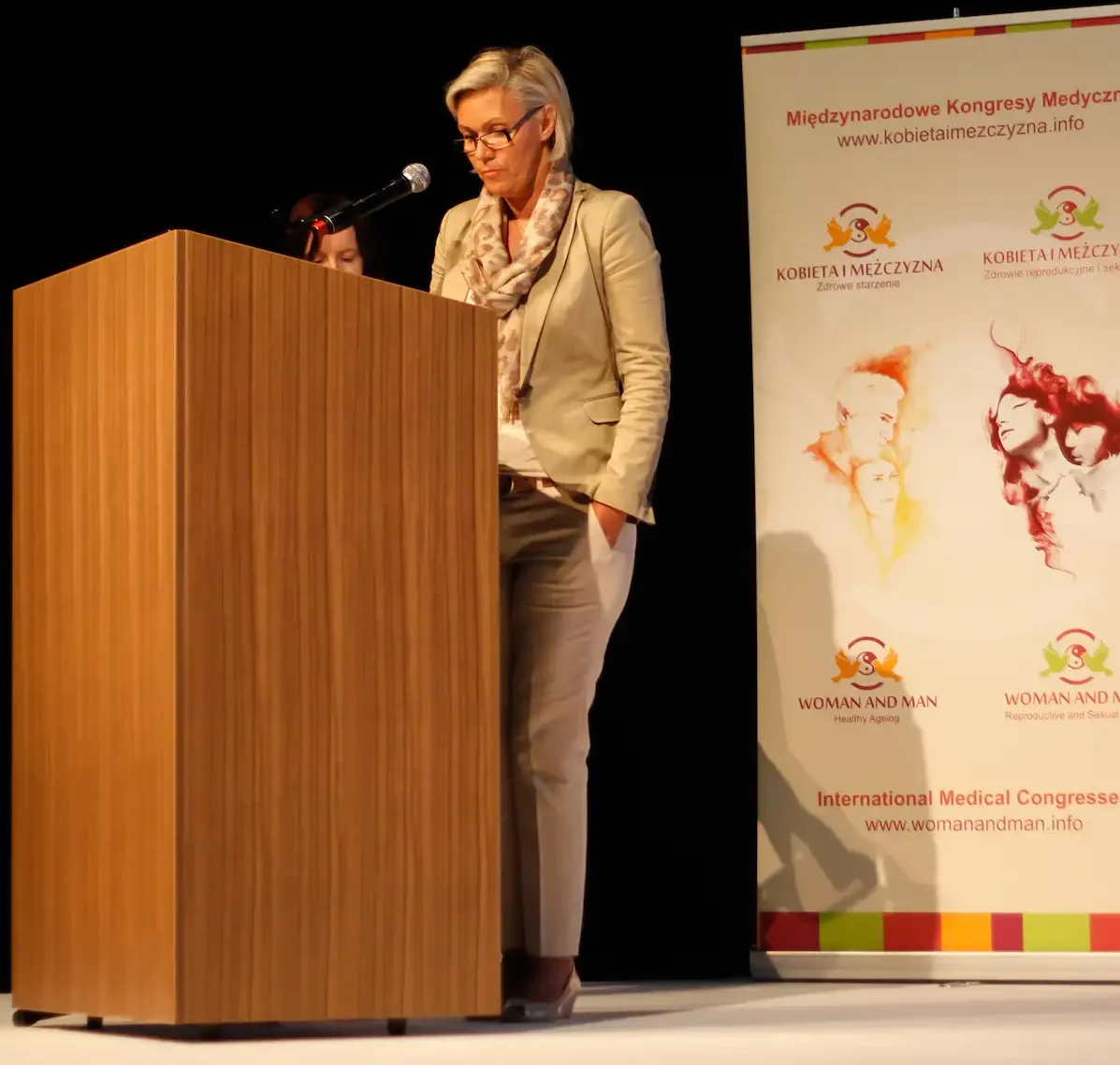
How To Structure Your Goals
RO:
How should someone structure their goals with respect to time in terms of understanding how they’re improving?
ST:
Dreaming big is good, but you also need to keep your goals realistic. Set your goals in a way that is realistically achievable. Once you start progressing and getting closer to that goal, then you can make it bigger again. I don’t like people saying, “Oh, be optimistic.” It’s way too fluffy. It’s about having empowering thoughts. Empowering yourself to realistically believe that you can achieve something.
The difference between an optimist and the realist is if you, for example, want to climb the peak of a mountain and you realize that you have a stone in your shoe, the optimist would say, “Oh, no matter what, I can deal with this, and I will get to the top of the mountain no matter what.” And the realist says, “I have a stone in my shoe, it’s hurting me. I have to get rid of it to make sure I can get to the top of the mountain.”
Nature vs Nurture
RO:
Do you think some people may be more predisposed to succeed at the highest level and/or get there faster, biologically speaking?
ST:
I think a lot of it has to do with having the right focus and from the beginning of your career to focus on what is relevant and not get distracted by things that are irrelevant. But like I said earlier, you can improve your brain power, it’s something that you can train. Some people might be born with it, but it’s not something that you need to be born with.
There’s another client of mine who came to me, I think he was 21 at the time. He was looked at as a very big talent. There were teams looking to sign him up, and on a good day he could perform really, really well. So he was very talented, but he had the problem that his mindset really was not that of a champion, not that of a winner.
He was generally quite lazy. He didn’t look after his equipment, and he wasn’t a good communicator. It all seemed a little bit like he just stumbled upon the opportunity of being a racer. He was very talented, but he didn’t have a vision, he didn’t have a mission, he didn’t have a structure, he didn’t have a plan. So basically, even though the teams looked at him and thought he was really talented, they were also a bit worried because of how his personality seemed to be.
And then his team manager asked me to do a cognitive performance assessment and assess his brain power. The results were very surprising. He really came out on top. He really had what it takes. I said to him, “Listen, you really have the stuff, you have the brain power, what it takes to be world champion, but there’s so many other things that are missing with you right now.”
But the fact that he got that result from me and that I said to him that he really has the potential to be great changed everything for him.
All of a sudden he was motivated. He created a vision, he created a mission for himself. He was focused, he started looking after his equipment. He got up early in the morning, he started training, he started doing all the things that he needed to do. And well, I’m happy to say he ended up four-time world champion. So that is the other side of the story.
The first client example was he was told he wasn’t good enough and he did it anyway. And this one had the talent, but the mindset wasn’t there. And being told, “Listen, I have this objective data here, and you really have what it takes,” changed everything for him. And he was then able to really tap into his potential and do it.
The Importance Of Visualization
RO:
Is there anything I didn’t ask that you feel needs to be mentioned?
ST:
Visualization is also very important in this whole process. So there’s two different categories of visualization. One we talked a little bit about already in terms of visualizing your goals, that’s visualizing success and you gain motivation.
There’s really that energetic force and drive behind it that needs to be aligned with that goal. And from that energy comes then that belief, that unshakable belief that you can really achieve that goal. So just positive thinking is not enough, and I think that’s where a lot of people go wrong. You have to kind of create stories.
One example is if my goal is to get my dream car, I can have a picture of my dream car and say I want that dream car. A lot of people stop there, but that’s not enough. You need to really create a story behind it.
In my case, for example, I would visualize driving that dream car somewhere along the beachfront on a coastal road in beautiful weather, with the sun on my face and the wind in my hair, and I hear the roaring sound of the engine and I hear the music playing, and I visualize myself sitting in the car with a big smile on my face, absolutely loving life and feeling free with the roof down and so on.
That’s the kind of story that you need to create in order to really make a vision come alive when you visualize a goal. But there’s also another part of visualization, which is called mental skills training or mental skills visualization.
There was some interesting research on this, with one group that was trained over 9 days to perform a difficult hand-eye coordination skill. And then they had another group, and that was the mental practice group. They were instructed to keep their eyes closed and to not use any hand movement, and they were only allowed to imagine doing that task, and they also did it for nine days.
After nine days, they were then allowed to actually perform that task. What was really an amazing result was that the mental practice group actually performed as well as the group that physically practiced. So even though it was a very difficult hand-eye coordination skill with timing involved, they were still as good and effective without ever having done the task for real.
In the second part of the experiment one group combined physical training with mental rehearsal, compared to the other group only doing physical training. The group including mental rehearsal outperformed the group with physical training only. (This is a link to the research Sabine discussed in this section.)
So visualization is a very, very powerful tool and it can be utilized in different ways to help you succeed, but also to help you really learn certain things.
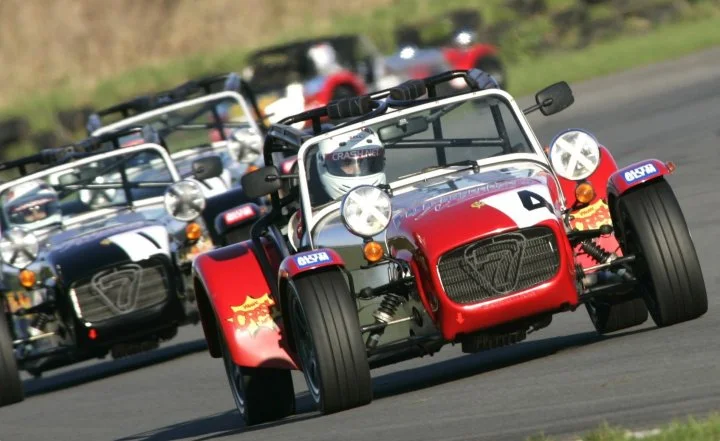
How Sabine Can Help
RO:
How can someone actually take control of improving their mental performance and what next steps should they take? What resources can they utilize?
ST:
One of the things they can do is an assessment. They can come to my site, and they are taken to the assessment page where they just go through the assessment at their own pace. Then they get a detailed report with all the data and suggestions of what to do next and what the next steps are for their personal journey.
They get really valuable tips in the report based on their results, and from there they can obviously take the next step and get in touch with me personally. We could then talk about a coaching program if that’s what they would like, or they can sign up for my online mindset course for example.
RO:
What are you working on right now?
ST:
Right now I’m working on creating this subliminal message affirmation audio, to also help anybody who has not done any mental training and anyone who wants to improve their confidence and overall mindset. This is also a really good first step to get into it and then build upon that. Because listening to the audio on a daily basis consistently helps replace limiting beliefs with empowering beliefs so that you build your confidence, and from that then you can build momentum and go after your goals.
RO:
Where can people find out more about the things you are working on and get in touch with you?
ST:
A good place is probably the Instagram account, @winnersinstitute.co.uk. There’s a bio link on there that then gets you to the different products and services that I provide. You can also sign up for the newsletter to stay up to date with whatever new products or opportunities come along.
Get Your Own Race-Fit Mindset Assessment
Sabine was kind enough to offer our readers a discount code to get 10% off the Race-Fit Mindset Assessment and also the Mental Edge Assessment (MEA)!
The MEA is very comprehensive and includes the Race-Fit Mindset Assessment as well. Both are suitable for all performance levels.
Use the code FLOWRACERS10 at this link to claim your discount.
I created and have been writing on this site since 2019, collaborating with drivers, coaches, engineers and manufacturers to provide you with the most reliable information about motorsport. Find out more about me here.

